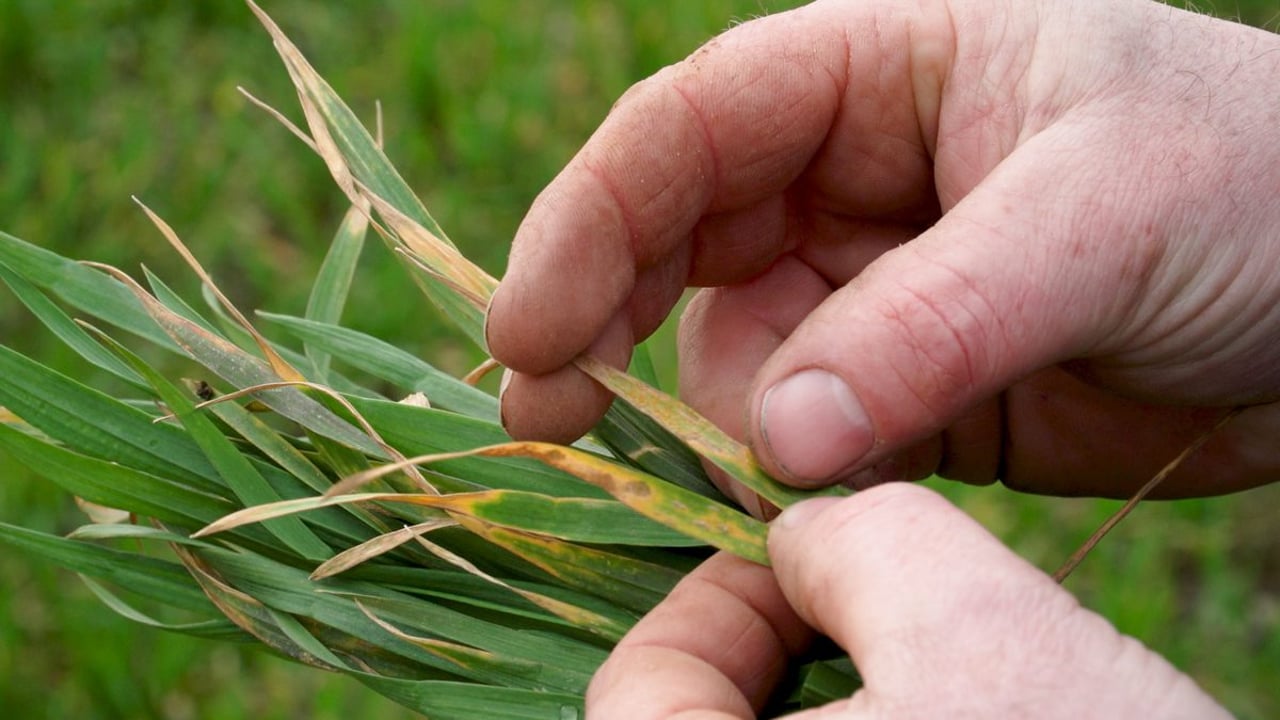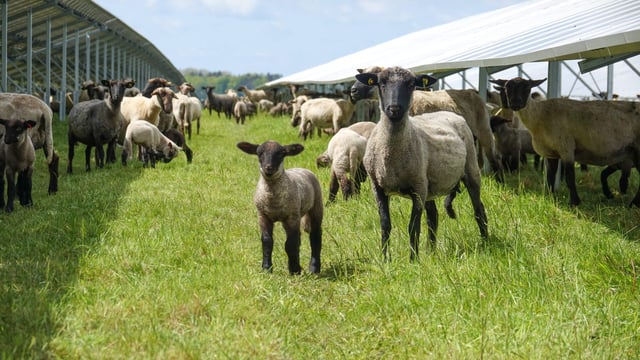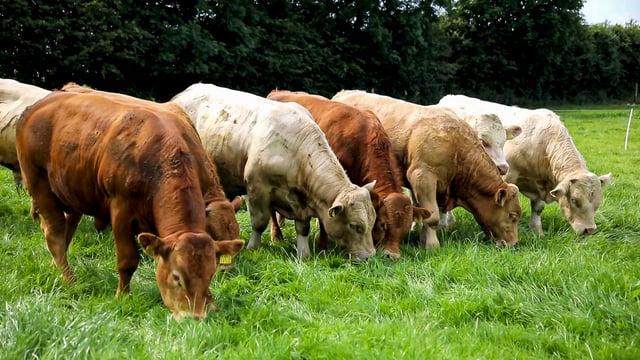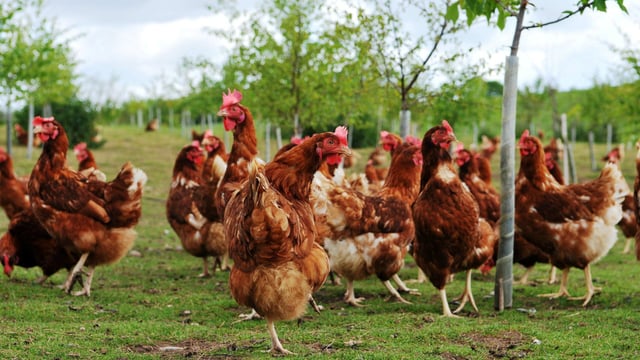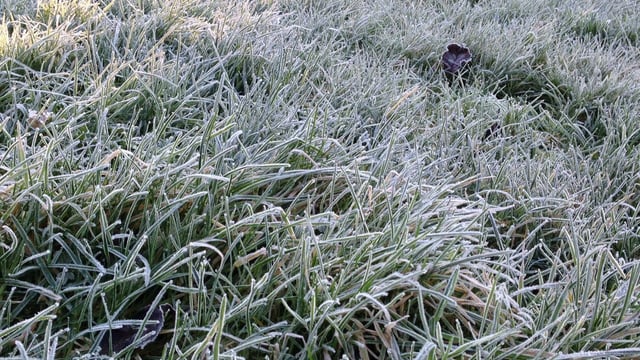If yellow rust is an issue – you must deal with it now
Teagasc tillage specialists have confirmed a growing level of farmers with a yellow rust issue through winter wheat crops in many parts of the country, but particularly the north east.
The expectation is that the cold conditions expected over the next week will halt the progress of the disease.
However, the mild weather of late March, combined with the damp soils prevailing at that time, laid the foundation for the disease burden that now exists.
Rust can also occur over winter in the residue of cereal crops grown the previous year.
Factors that impact yellow rust
Factors that impact on the prevalence of yellow rust include the variety sown, planting date, and prevailing weather conditions.
Teagasc profiles the inherent rust resistance of the wheat varieties grown in Ireland.
Those with extremely low levels of resistance to the disease include J B Diego, Torp and Bennington.
If left unchecked, rust has the potential to reduce final crop yields by up to 50%.
Cereal growers have been advised to walk wheat crops now, to check for levels of yellow rust infestation. In this context, it is important that all fields are inspected thoroughly.
A characteristic of yellow rust is its ability to spread quickly from very small areas of infection within a crop.
Weather and yellow rust issue
While the cool conditions of the coming days may well hamper the progress of the disease, this will all change once we return to the warmer conditions that would be the norm for mid-April.
Concerns regarding the impact of the disease within a crop will be heightened if yellow rust is identified in new leaves and tillers.
Control will be best delivered at this time of the year courtesy of an azole containing T0 spray.
Teagasc advisors admit that such an approach may impact on subsequent Septoria control measures. However, there is a general consensus that rust issues should be dealt with as a priority; subsequent Septoria spray mixes can be tweaked accordingly.
Development stages
On a more general note, Teagasc tillage specialists are also advising that all disease control programmes should be dictated by the development stage that crops have arrived at – not calendar dates.
Two critically important growth stages in this context are the development of three new leaves and flag leaf emergence.
There is also universal recognition amongst agronomists that the loss of chlorothalonil will have a major impact on the future specification of cereal disease programmes implemented in Ireland.
Ongoing advice from Teagasc will be extremely relevant in this context.

